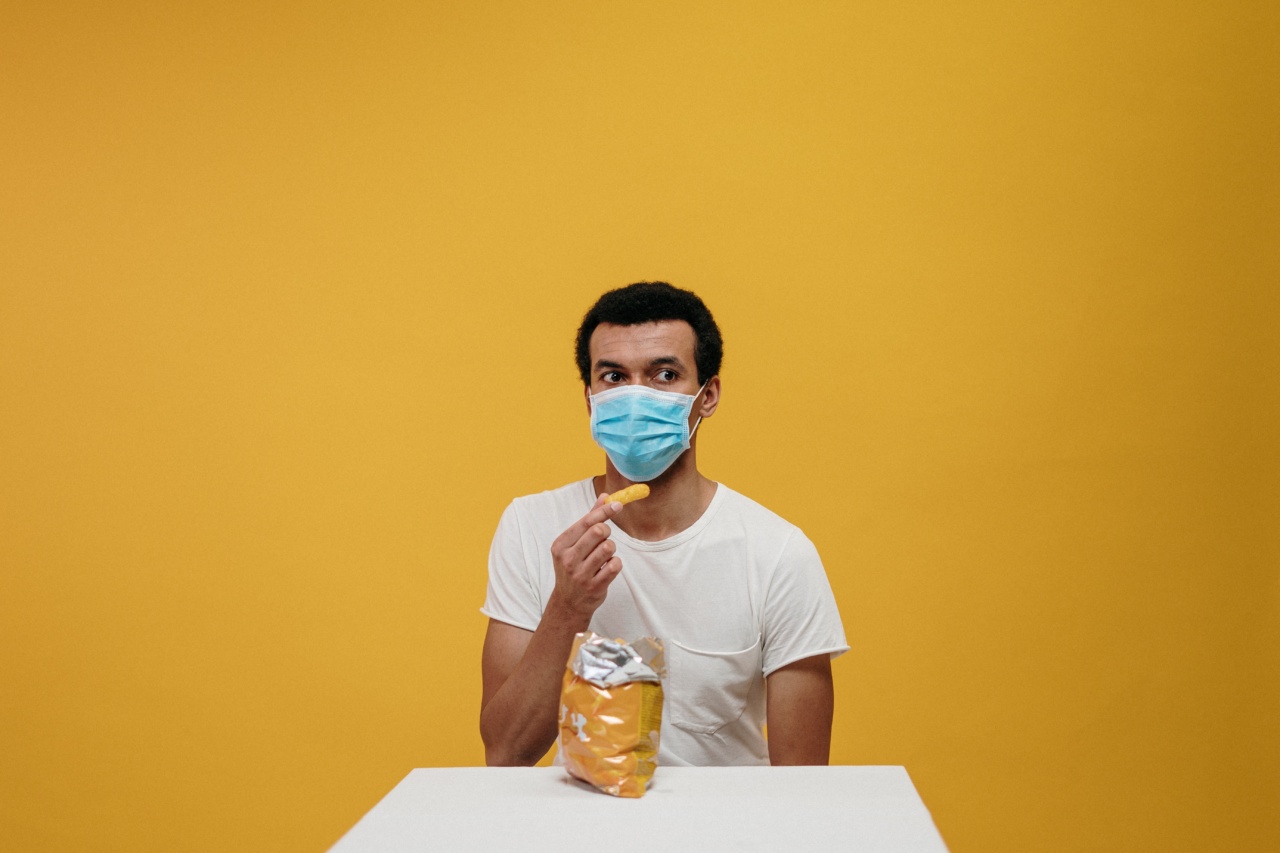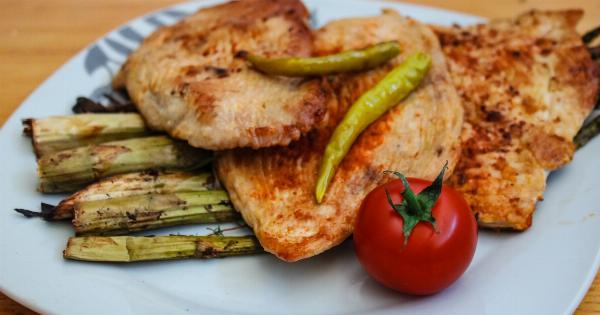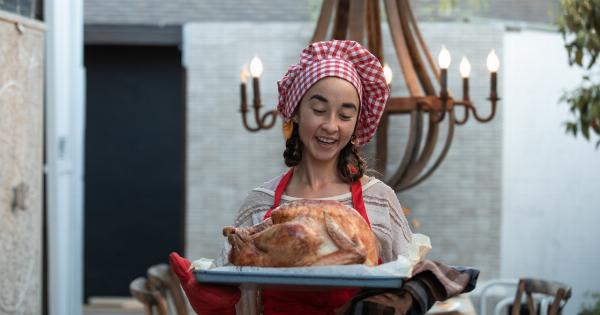Summer is a great time to enjoy outdoor activities with friends and family, and what better way to enjoy these activities than with some delicious food? Unfortunately, warm temperatures can also increase the risk of foodborne illness.
With open-air cooking, there is a greater chance of contamination, and it is more challenging to keep food at the right temperature. Therefore, it’s important to follow some basic food safety guidelines to prevent foodborne illness and enjoy a happy and healthy summer.
Cleanliness is Key
One of the most critical steps in preventing foodborne illness is keeping everything clean, including your hands, utensils, and surfaces.
Wash your hands thoroughly with soap and warm water for at least 20 seconds before and after handling food and in between handling different types of food. Use separate cutting boards, knives, and utensils for raw meat, poultry, and seafood to prevent cross-contamination. And remember to clean and sanitize all surfaces, cookware, and utensils that come into contact with food.
Keep it Cool
In the heat of summer, it’s essential to keep perishable food items refrigerated or on ice. Bacteria grow rapidly at temperatures between 40°F and 140°F, known as the danger zone. Keep cold food at or below 40°F and hot food at or above 140°F.
Use a thermometer to ensure food is cooked and kept at a high temperature. When serving food, keep cold food on ice, and don’t leave it out for more than two hours (or one hour if the temperature is above 90°F).
If your outdoor event lasts for several hours, try to place the food in a shaded area and replenish the ice as it melts.
Thoroughly Cook Food
Another essential step in preventing foodborne illness is properly cooking food. Cook all meat, poultry, seafood, and eggs thoroughly to kill any harmful bacteria that may be present.
Use a food thermometer to ensure that foods are cooked to the proper internal temperature, which varies depending on the type of food. For example, steaks and roasts should be cooked to at least 145°F, ground beef to at least 160°F, and chicken and turkey to at least 165°F. When in doubt, cook it out!.
Avoid Cross-Contamination
Cross-contamination is when bacteria from one food item transfer to another food item. It’s essential to avoid this to prevent the spread of foodborne illness. Use separate cutting boards and utensils for different types of food.
For example, don’t use the same cutting board for raw chicken and vegetables. Also, avoid using the same platter or container for cooked and raw food. Once a utensil or plate has come into contact with raw meat or poultry, don’t use it again unless you’ve washed it thoroughly.
Practice Safe Food Handling Outside the Home
Summer is a popular time for outdoor events, such as picnics, barbecues, and camping. If you’re eating outside the home, there are some additional steps you can take to ensure food safety.
Make sure to only eat food from reputable sources and avoid eating food that has been sitting at room temperature for prolonged periods. Also, check that the vendor or caterer has kept the food at the recommended temperature. If you’re camping, bring a cooler with plenty of ice to ensure that your food stays cold.
Final Thoughts
By following these food safety basics, you can help ensure that your summer is enjoyable and illness-free. Remember to keep everything clean, use a thermometer to check temperatures, and avoid cross-contamination.
Finally, practice safe food handling outside the home and make sure to keep your cold food cold and your hot food hot. With just a few simple precautions, you can enjoy delicious food and good times with family and friends.






























